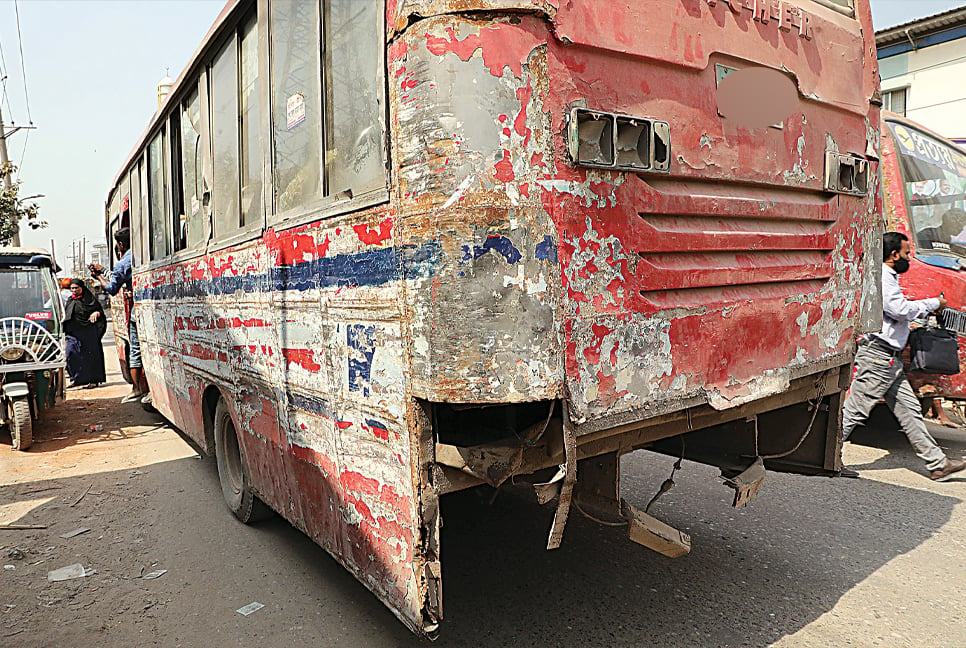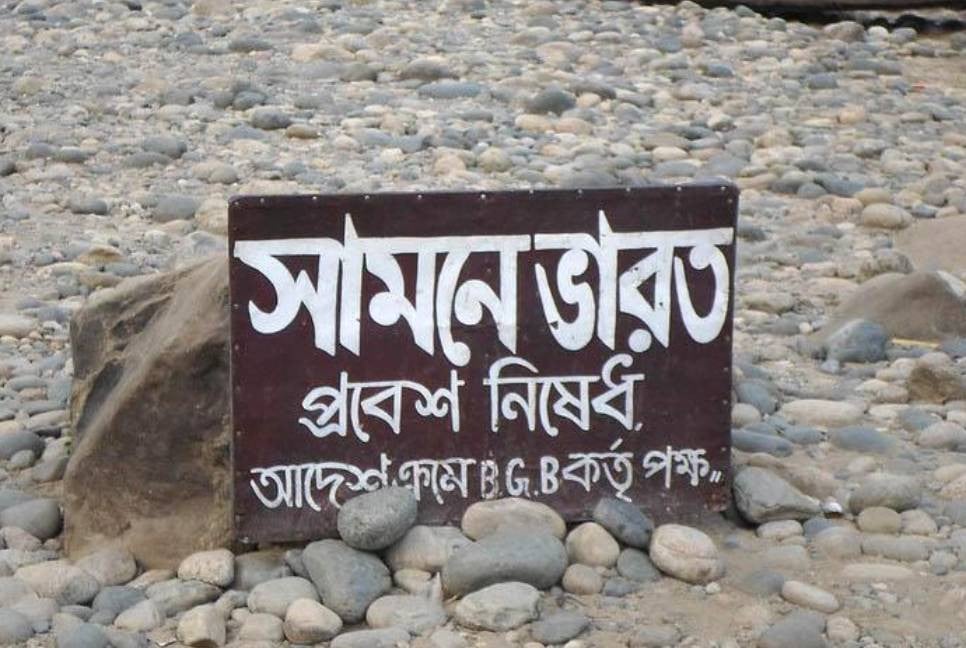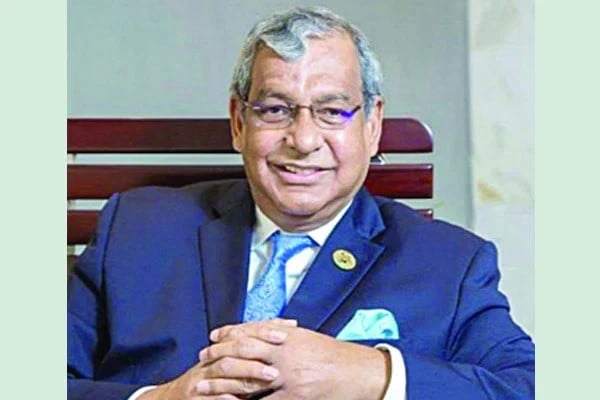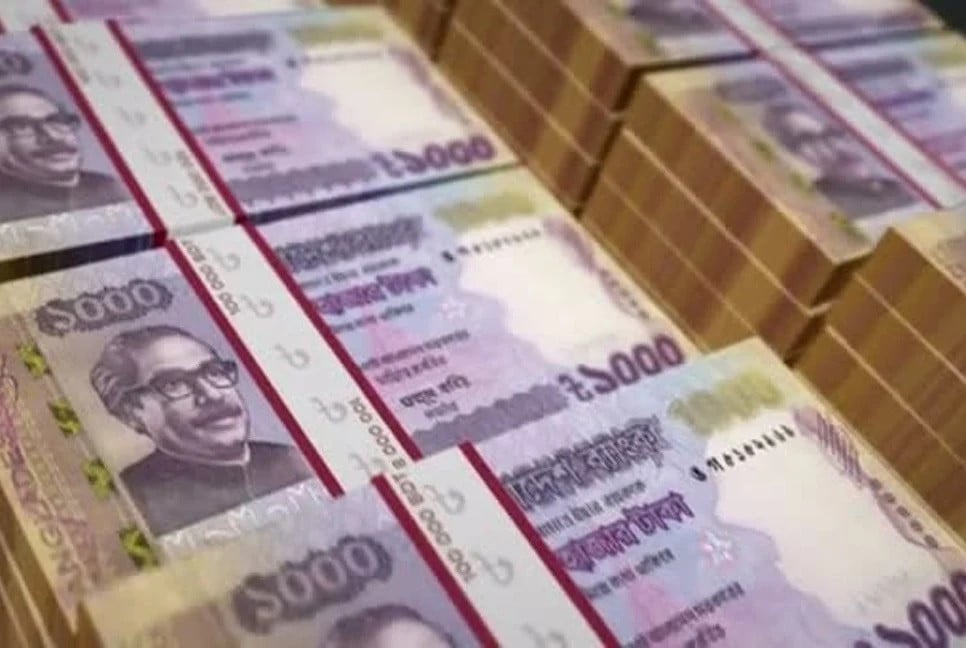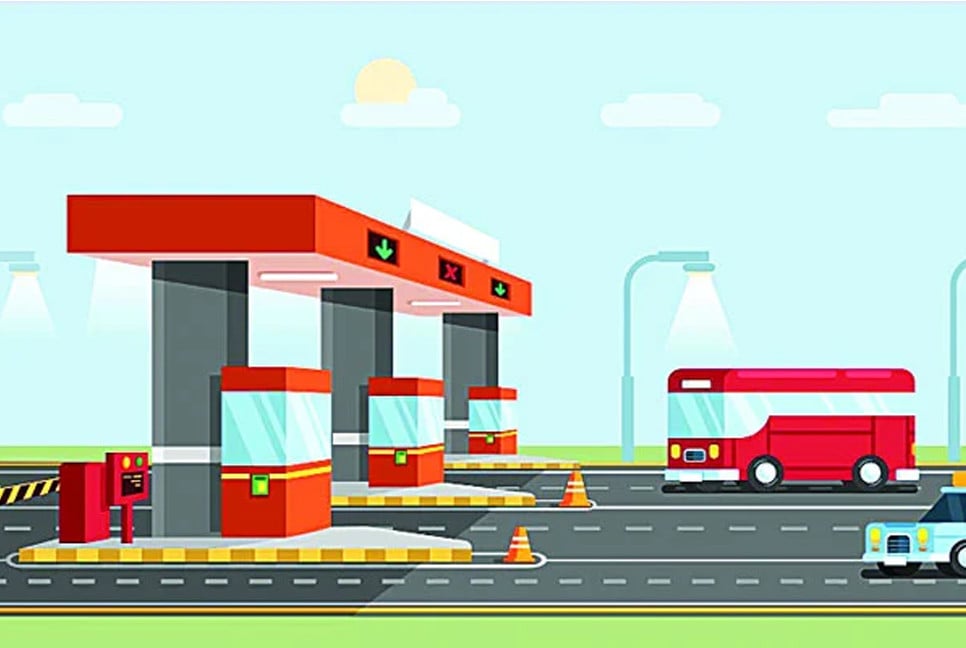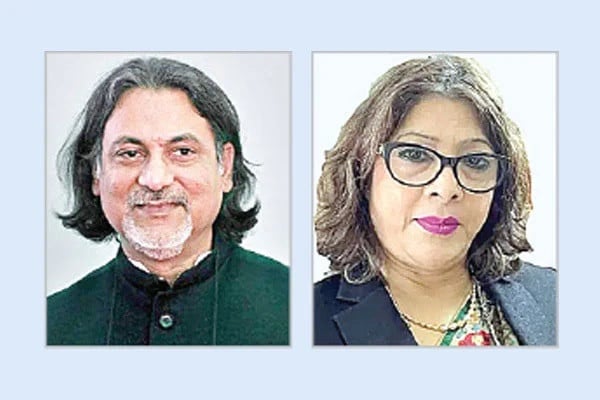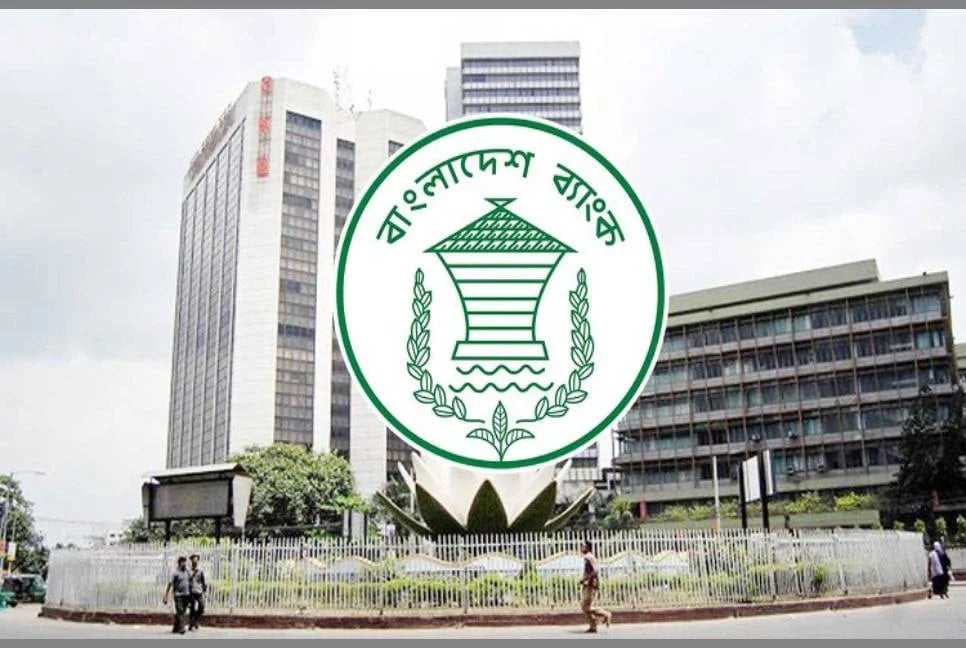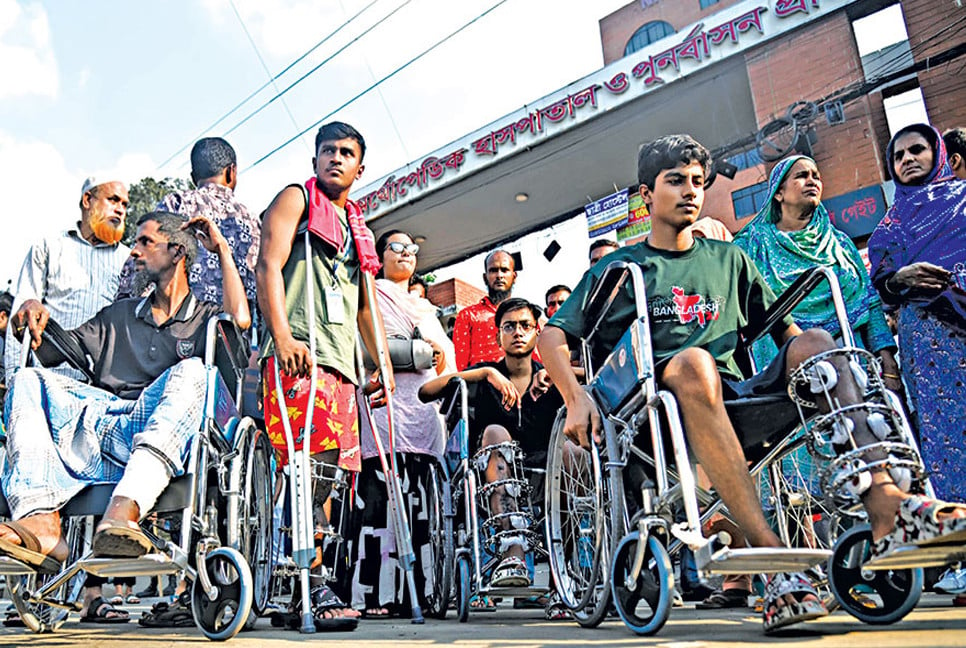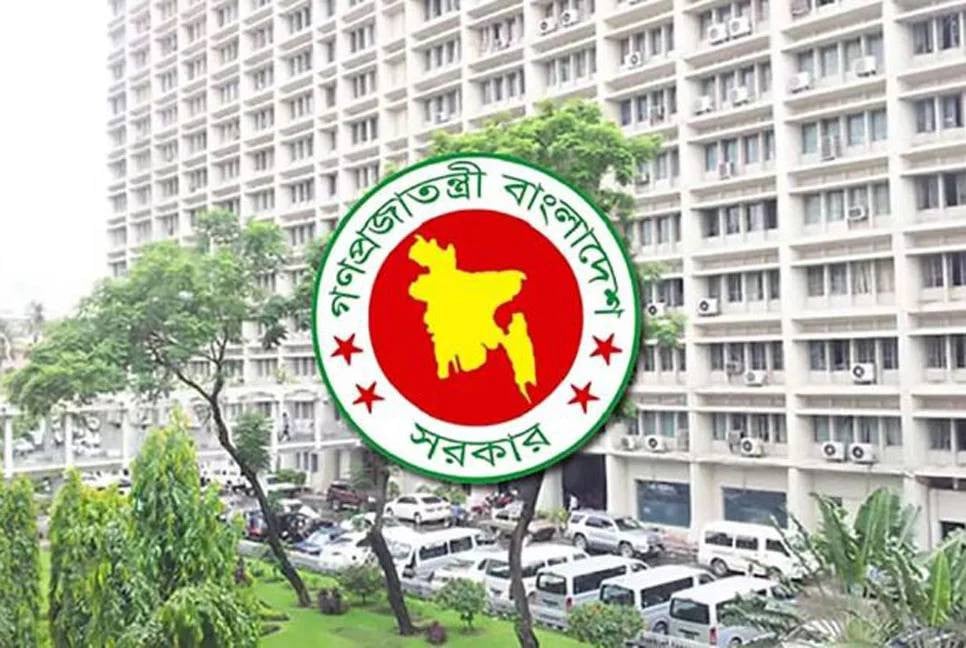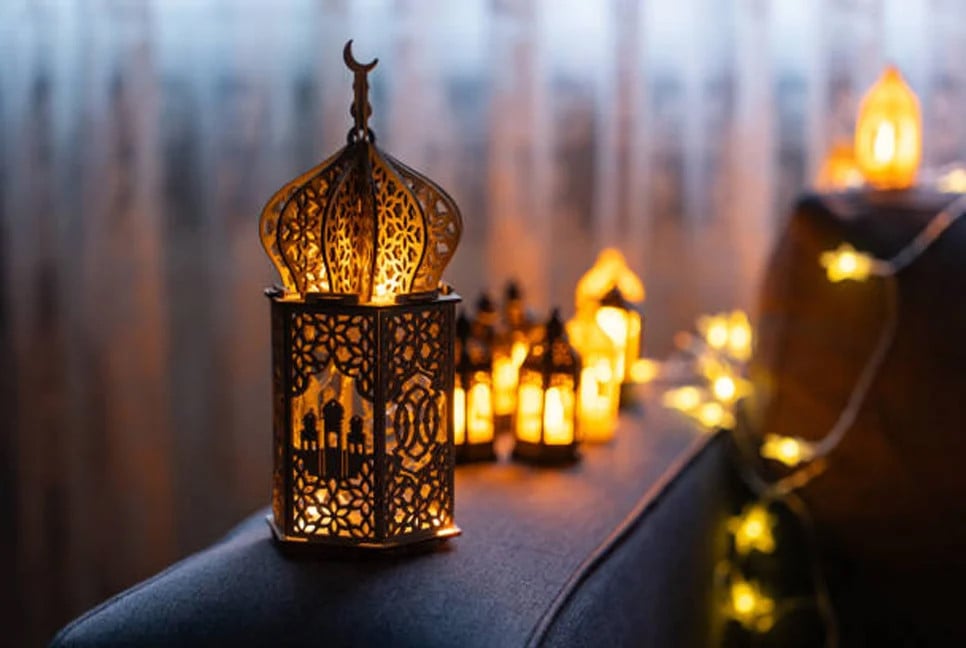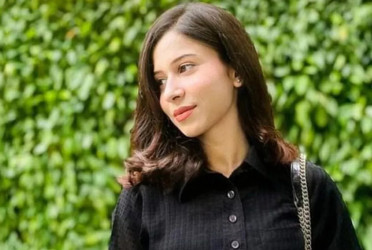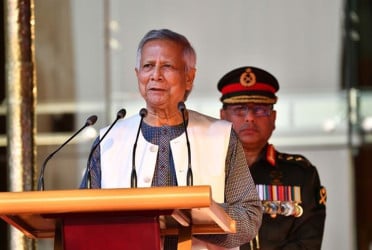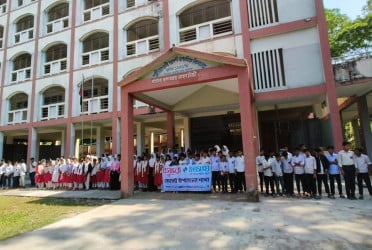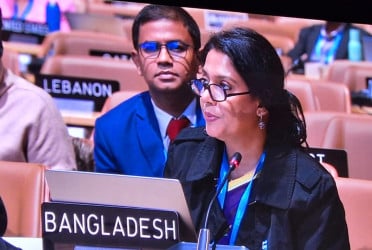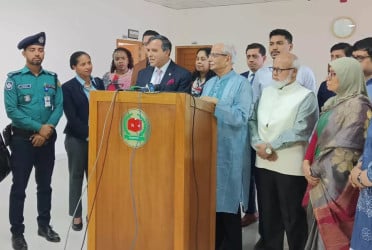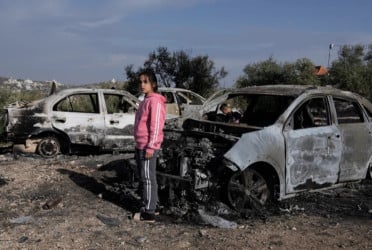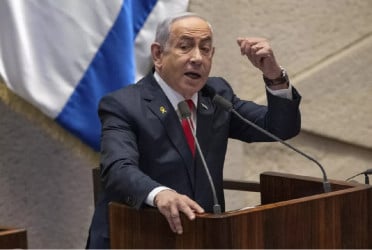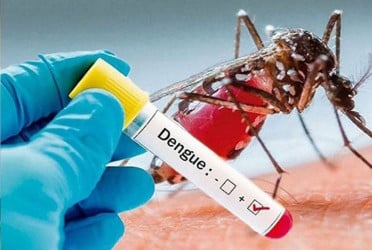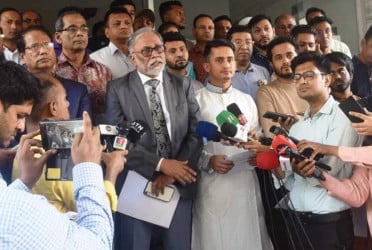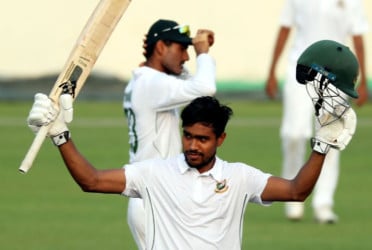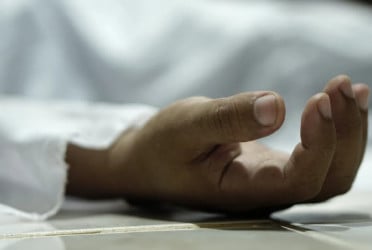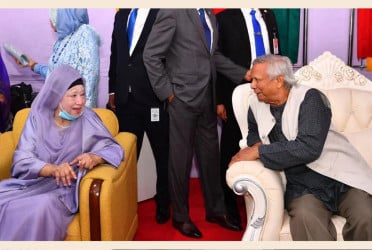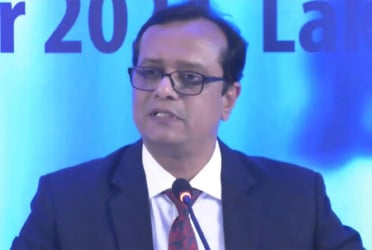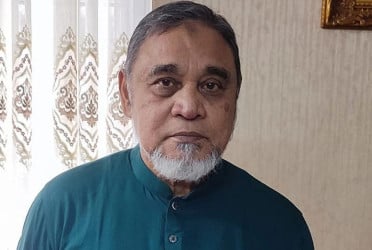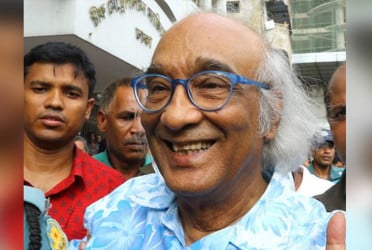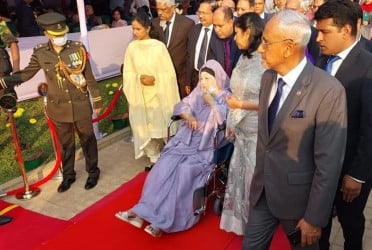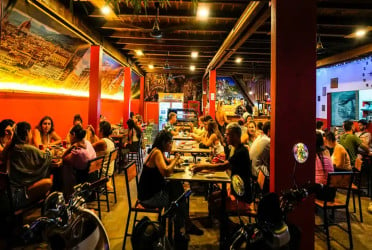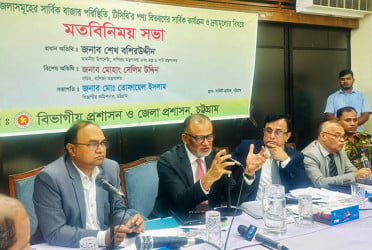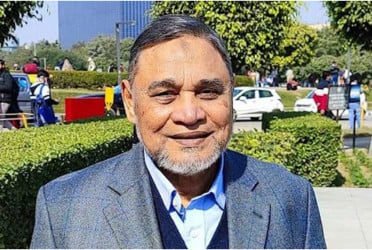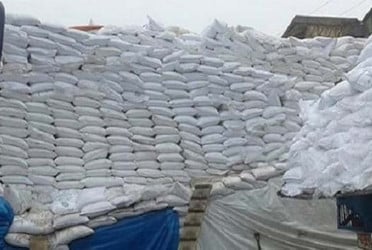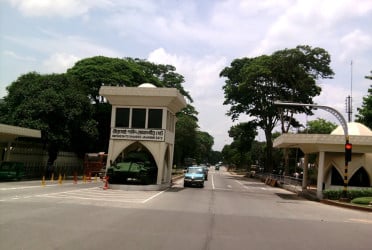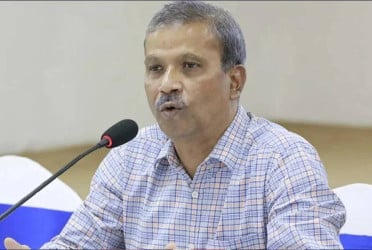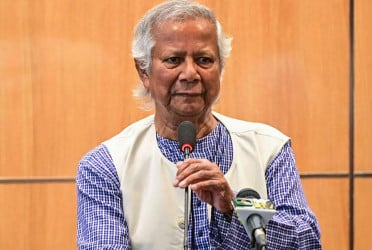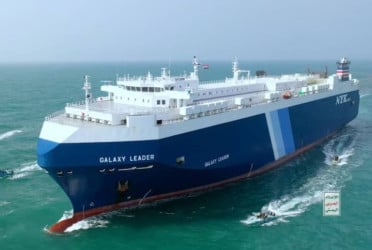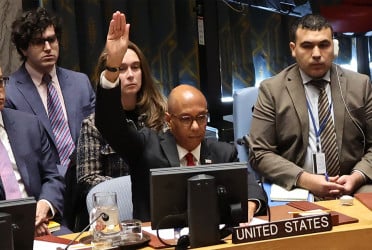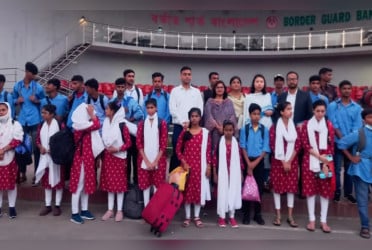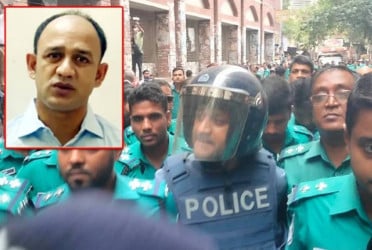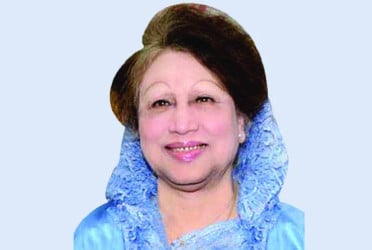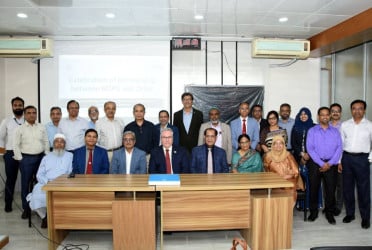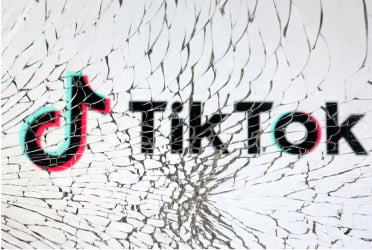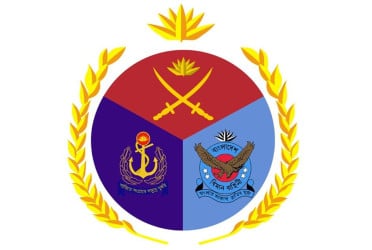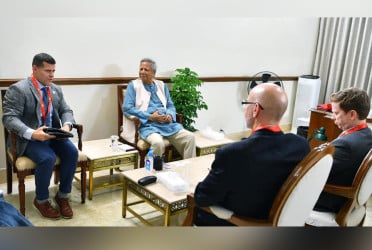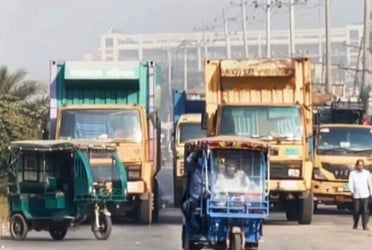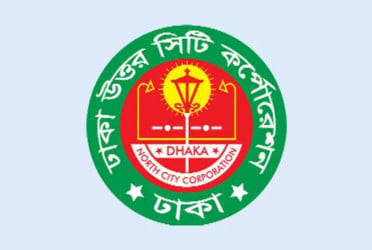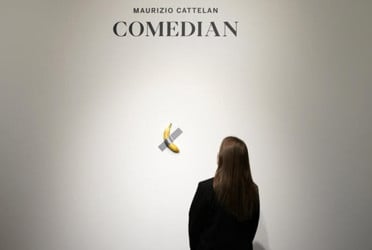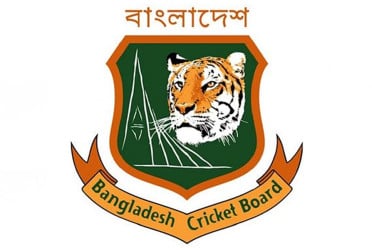Deteriorating buses have become a common sight on the streets of Dhaka, raising alarms over safety and aesthetics.
From faded paint to broken windows and seats in dire condition, passengers often find themselves in uncomfortable and even embarrassing situations while commuting.
The absence of government policies has emboldened bus owners to operate these unfit and hazardous vehicles with impunity.
Two decades ago, the Bangladesh Road Transport Authority (BRTA) enforced specific color codes for public transport routes in Dhaka, with buses failing to meet paint standards deemed unfit for operation.
However, the circular outlining these regulations has not been reissued, allowing a majority of the 40,000 buses traversing 291 routes in the capital to deteriorate in appearance.
Similar concerns extend to local, seating, and ticket service vehicles, with buses along key routes such as Gabtali to Jatrabari and Sadarghat displaying broken glass, missing mirrors, and exposed bumpers. Some buses even exhibit twisted body frames or become discolored within months due to frequent contact with other vehicles on the road.
According to BRTA sources, the total number of vehicles registered in the capital till December last year is 20 lakh 81 thousand 260. Among them, the number of expired transports is 5 lakh 77 thousand 1. The number of buses in the capital is 41 thousand 462. Out of which 21 thousand 445 buses are not fit.
Apart from this, 11 thousand 463 minibuses, ambulance 3 thousand 95, autorickshaw 1 lakh 94 thousand 147, autotempo 5 thousand 483, private car 61 thousand 829, cargo van 1 thousand 841, covered van 7 thousand 880, jeep 13 thousand 828, microbus 26 thousand 870, pickup 68 thousand 477 and taxicab 6 thousand 854 have no fitness.
Related sources said that about 68 percent of the buses and minibuses running in Dhaka city have broken doors and windows. The seat is torn. 80 percent of bus-minibus seats do not have two-layer structure (steel and foam/cloth). And buses that have foam or fabric layers inside the steel structure are also mostly torn. Moreover, the signaling lights at the back of most buses in the capital are useless. Some buses and minibuses have fans but most of them are broken.
More than half of the nearly 50,000 buses and minibuses plying in the capital have passed their economic lifespan (20 years). In all, 65 percent of the buses and minibuses plying in the capital are without fitness. In 2010, buses and minibuses older than 20 years were banned in the capital. At that time, once a raid was conducted, many people stopped the old buses and minibuses. But at the end of the campaign, old, unfit buses and minibuses were brought down again.
BRTA Chairman Noor Mohammad told Bangladesh Pratidin, “BRTA's operation of outdated and discolored buses in the capital is continuing. Stopping these buses will require goodwill not only from BRTA, but also from transport owners. Then it is possible to pick up Lakkarjhakkar bus from the capital road.”
According to experts, due to lack of fines, drivers are racing buses on the roads at reckless speeds. The city dwellers are the victims. Some are losing their lives, some are permanently crippled.
(The report was published on print and online versions of The Bangladesh Pratidin on February 11 and rewritten in English by Tanvir Raihan)

